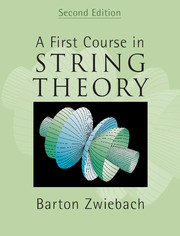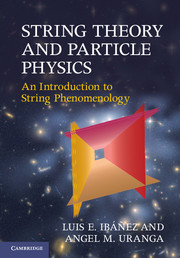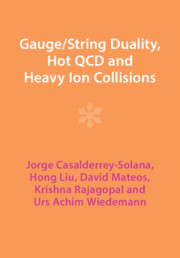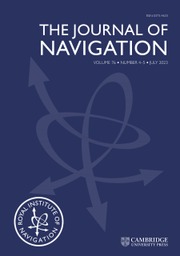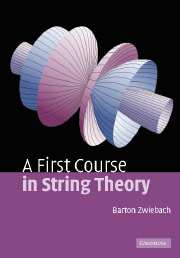A First Course in String Theory
Barton Zwiebach is once again faithful to his goal of making string theory accessible to undergraduates. Complete and thorough in its coverage, the author presents the main concepts of string theory in a concrete and physical way in order to develop intuition before formalism, often through simplified and illustrative examples. This new edition now includes AdS/CFT correspondence, which is the hottest area of string theory right now as well as introducing superstrings. The text is perfectly suited to introductory courses in string theory for students with a background in mathematics and physics. New sections cover strings on orbifolds, cosmic strings, moduli stabilization, and the string theory landscape.
- Includes completely new chapters on AdS/CFT correspondence and strong interactions, and an introduction to superstrings
- A detailed and self-contained explanation of string theory at a level that is truly understandable to undergraduates
- Presents the main concepts of string theory in a concrete and physical way, with over 100 worked examples and over 180 homework problems (with solutions for instructors)
Reviews & endorsements
"When it first appeared, Zwiebach's A First Course in String Theory provided a great launching point for those who wanted to learn about the field of string theory... .The second edition is filled with many updates, including the connection to particle physics emphasizing the strong interactions, and provides an even better starting point for beginning physicists interested in learning about this exciting field."
- Professor Per Berglund, University of New Hampshire
Product details
February 2009Adobe eBook Reader
9780511474569
0 pages
0kg
86 b/w illus. 180 exercises
This ISBN is for an eBook version which is distributed on our behalf by a third party.
Table of Contents
- Foreword
- Preface
- Acknowledgements
- Part I. Basics:
- 1. A brief introduction
- 2. Special relativity and extra dimensions
- 3. Electromagnetism and gravitation in various dimensions
- 4. Nonrelativistic strings
- 5. The relativistic point particle
- 6. Relativistic strings
- 7. Strong parameterization and classical motion
- 8. World-sheet currents
- 9. Light-cone relativistic strings
- 10. Light-cone fields and particles
- 11. The relativistic quantum point particle
- 12, Relativistic quantum closed strings
- 13. Relativistic quantum closed strings
- 14. A look at relativistic superstrings
- Part II. Developments:
- 15. D-branes and gauge fields
- 16. String charge and electric charge
- 17. T-duality of closed strings
- 18. T-duality of open strings
- 19. Electromagnetism fields in D-branes
- 20. Nonlinear and Born-Infeld electrodynamics
- 21. Strong theory and particle physics
- 22. String thermodynamics and black holes
- 23. Strong interactions and AdS/CFT
- 24. Covariant string quantization
- 25. String interactions and Riemann surfaces
- 26. Loop amplitudes in string theory
- References
- Index.

